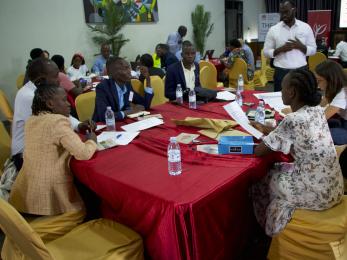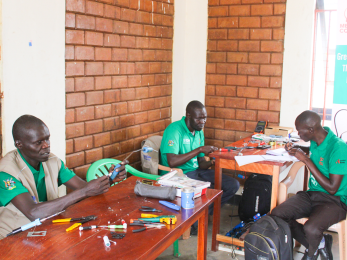Building Financial Resilience Among Adolescents

This learning brief highlights the impact of the Girls Improving Resilience through Livelihoods and Health (GIRL-H) program’s financial inclusion interventions for adolescent girls and boys in Karamoja, Uganda. Drawing on insights from focus group discussions and key informant interviews, the brief explores how access to savings, loans, and financial literacy has transformed young people’s lives.
Through Savings and Internal Lending Communities (SILC), adolescents have been able to save, borrow, and invest in education, health, and small enterprises, leading to greater household stability and personal empowerment. Girls report increased decision-making power and reduced vulnerability to early marriage, while boys note decreased involvement in risky activities such as theft and raiding — demonstrating that financial inclusion fosters both economic and social resilience.
The brief also examines persistent barriers such as cultural norms limiting girls’ mobility, mistrust in group leadership, and low financial literacy. Despite these challenges, linkages to formal financial institutions through tools like the Wendi mobile platform and Postbank loans are expanding opportunities for secure savings and business growth.
Finally, the report identifies best practices and key recommendations, including the need to strengthen financial literacy training, engage communities to address gender norms, simplify access to financial services, and promote transparent governance within SILC groups. Together, these lessons provide a roadmap for scaling sustainable, youth-focused financial inclusion across Karamoja and beyond.


